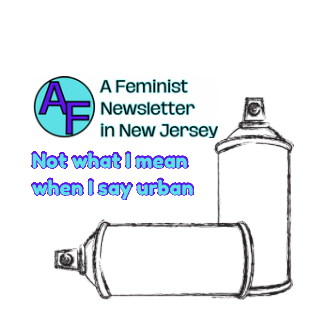The rendering for One Westfield Place displays the familiar aesthetics of contemporary development—brick facades that reference historical architecture without committing to its constraints, generous sidewalks populated by demographically diverse pedestrians, street-level retail beneath residential units. What distinguishes this project is not its design language but its location: not in Jersey City or Hoboken but in Westfield, a suburban community that has long defined itself in opposition to urban density. The project represents not merely a building but a proposition—that the binary between urban and suburban living might dissolve into something more nuanced.

Across nothern New Jersey, similar transformations reshape communities once organized exclusively around single-family homes and automobile convenience. Montclair cultivates an arts district anchored by independent cinema and galleries. Morristown nurtures a nightlife ecosystem that retains young professionals who might otherwise migrate to Hoboken or Manhattan. These suburban downtowns attempt a careful calibration—sufficient density to support walkable amenities without triggering the reflexive resistance to "urbanization" that often mobilizes suburban politics.
The economic logic driving these transformations combines demographic shifts with commercial pressures. Younger households delay home purchases and child-rearing, seeking urban amenities without urban housing costs. Empty-nesters downsize from maintenance-intensive properties while remaining in familiar communities. Retailers adapt to e-commerce competition by emphasizing experience over mere transaction. These forces converge on the suburban downtown, transforming it from convenience-oriented service district to experiential destination.
What emerges in these spaces is neither fully urban nor traditionally suburban but a hybrid form responding to contemporary social patterns. The resulting environments maintain suburban comforts—perceived safety, manageable scale, proximate parking—while introducing urban elements of walkability, mixed use, and public space. They represent a tentative compromise between New Jersey's suburban settlement pattern and the growing recognition of its environmental and social limitations.
The success of these hybrid spaces varies significantly across communities. Westfield's One Westfield Place remains contentious precisely because it challenges established understandings of suburban identity. Its opponents object not merely to increased density but to the implicit suggestion that the community requires urbanization to remain viable. In contrast, Montclair's arts-oriented development built upon existing cultural institutions and a population already receptive to urban amenities. Morristown leveraged its historic downtown form, adapting nineteenth-century infrastructure to contemporary uses rather than imposing entirely new patterns.
The crucial question these suburban downtowns must answer is whether they represent genuinely more sustainable development patterns or merely aesthetic adjustments to essentially car-dependent communities. The visual language of urbanism—street cafes, brick-paved plazas, mixed-use buildings—can be deployed without the functional characteristics that make urban centers environmentally efficient. Walkability within a downtown district means little if residents must drive to reach that district from single-family subdivisions that comprise the majority of the municipality's housing stock.
Yet these reimagined suburban centers may serve as important transitional forms—intermediate steps between automobile dependency and more sustainable settlement patterns. They introduce suburban populations to the pleasures of pedestrian experience and the convenience of proximity. They demonstrate that density, appropriately scaled and designed, enhances rather than degrades quality of life. They create constituencies for public transportation improvements that might eventually connect these nodes into a functional network rather than isolated islands of walkability.
The competitive position of these suburban downtowns relative to urban centers remains ambiguous. They cannot match the employment concentration, cultural offerings, or transportation connectivity of true cities. Yet they provide a distinctive middle ground—environments that combine elements of urban convenience with suburban familiarity. Their appeal lies precisely in this hybridity: they offer enough urbanism to satisfy increasingly metropolitan tastes without demanding the full compromise of space and privacy that urban living entails.
Whether Westfield, Montclair, Morristown and similar communities represent the future of suburban development or merely niche adaptations for particular demographic segments remains uncertain. What is clear is that they reflect a growing recognition that the conventional suburban form faces sustainability challenges—environmental, social, and economic—that require creative responses. These reinvented downtowns, with all their contradictions and compromises, offer one possible path toward suburban adaptation rather than obsolescence.



